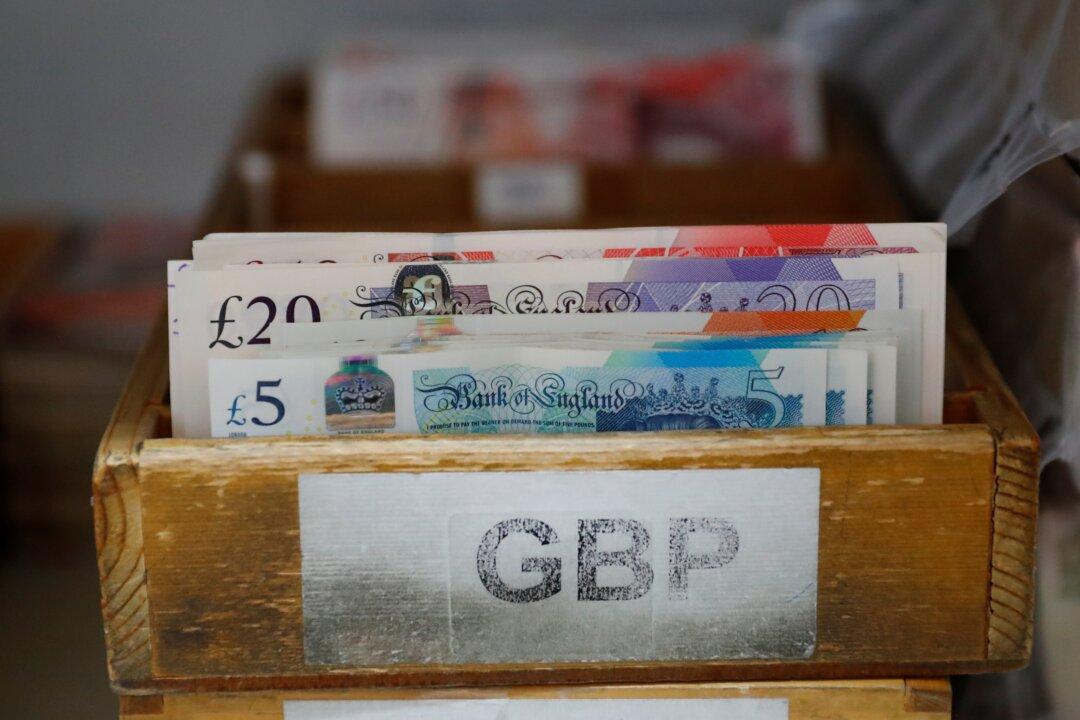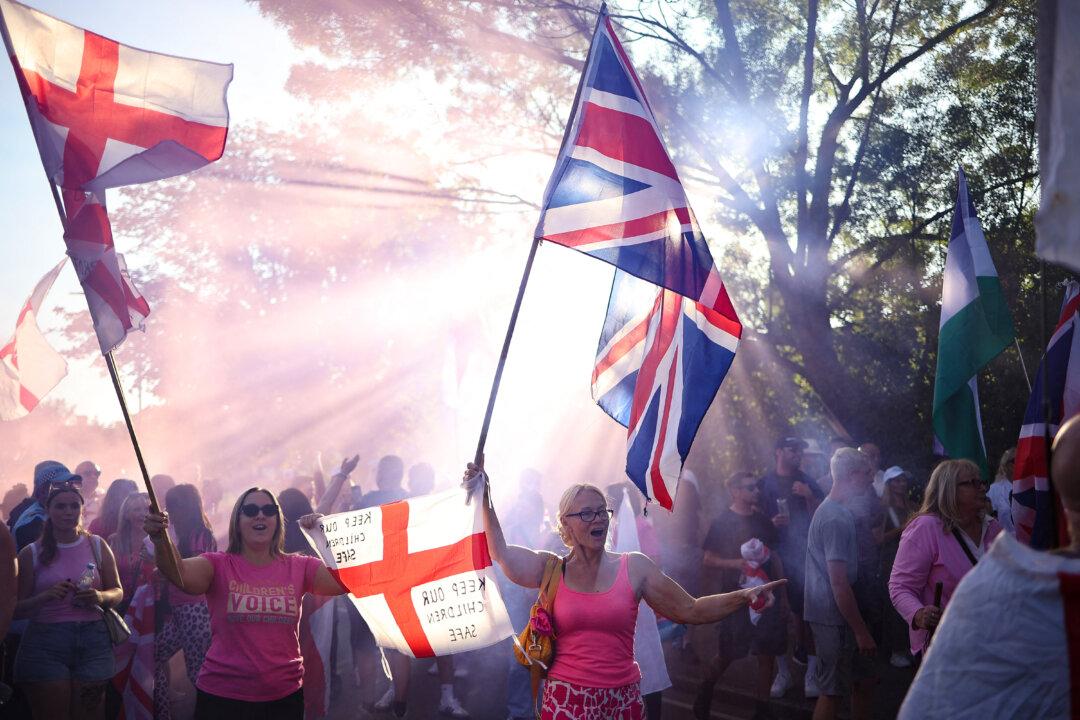New analysis shows how much the squeeze on budgets affected by inflation and energy prices is hitting the poorest in the UK, with continuing pressures expected in the year.
Analysis from the economic think tank Institute for Fiscal Studies (IFS) on Wednesday indicated the bottom 10 percent of the population in terms of income faced an inflation rate of 10.9 percent, while for the richest 10 percent it was 7.9 percent, a full three percentage points lower.





